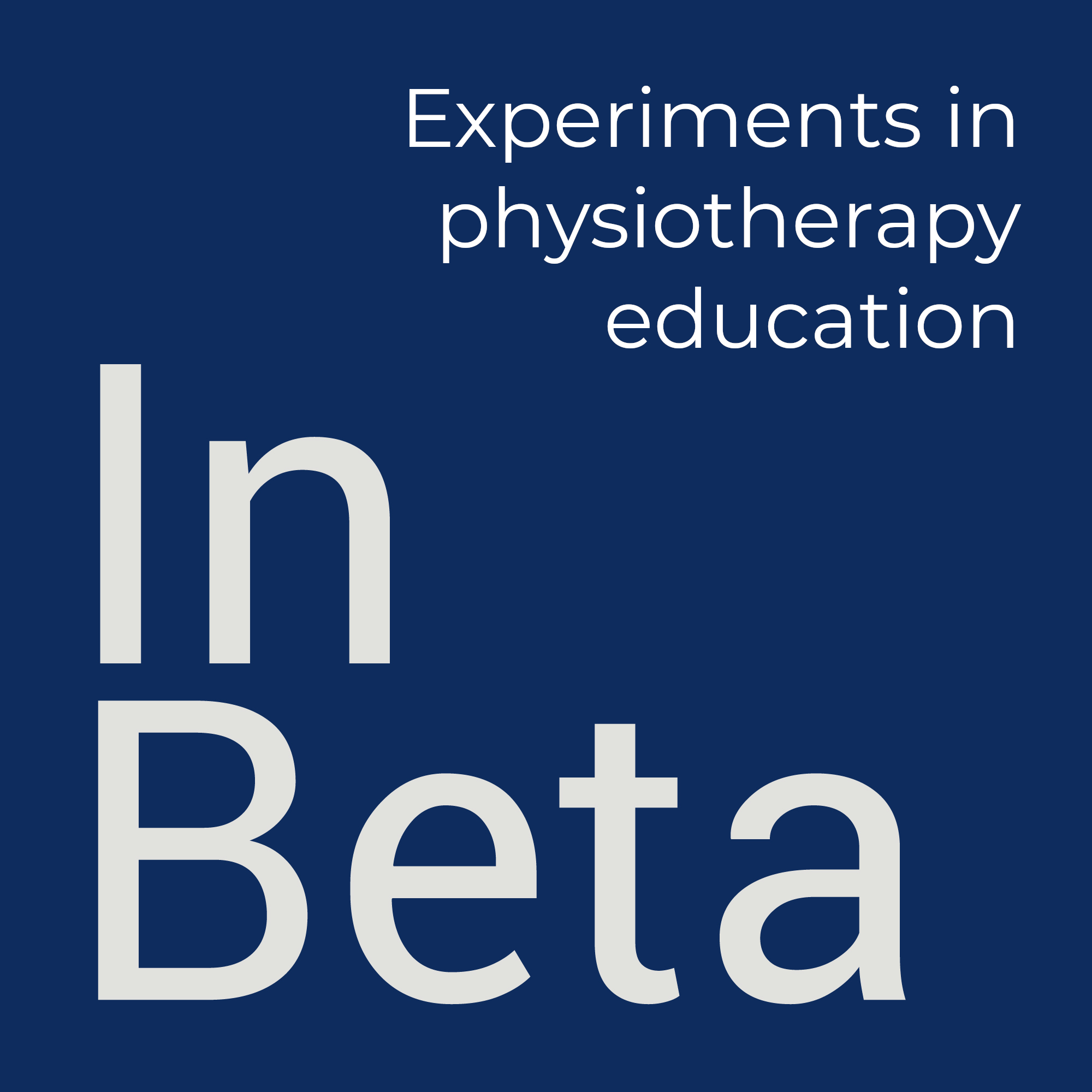We conclude therefore, that at present, there is no adequate evidence base to justify incorporating learning-styles assessments into general educational practice. Thus, limited education resources would better be devoted to adopting other educational practices that have a strong evidence base, of which there are an increasing number.
Pashler et al. (2008)
Introduction
In this newsletter I’m talking about learning styles defined as “a student’s consistent way of responding and using stimuli in the context of learning”. In other words, the learning preferences of students that supposedly show a positive correlation with performance on assessment tasks.
The concept of learning styles became popular in the 1970s and 1980s and was further developed by Fleming and Mills in the 1990s, who proposed the most prominent format that we see today; the VARK classification of learning styles. In this framework, we all have persistent preferences about how we engage with learning materials (i.e. visually, aurally, textually, or kinesthetically), and that aligning our learning with these preferences leads to better outcomes on assessment.
The rest of this newsletter presents what I admit is a biased selection of resources on the topic. For this I make no apologies; while there are many articles on the use of learning styles I believe that those with the most robust designs have demonstrated that, at best, teaching methods premised on learning styles are ineffectual.
Podcast
Frank, J., Sherbino, J., & Snell, L. (n.d.). Do Learners Really Know Best? Urban Legends in Education. KeyLIME podcast.
In this episode: Jon discusses an article he couldn’t put down and that he says blows up decades of myths around learning styles.
You may also want to read the article discussed in the podcast: Kirschner, P. A., & Merriënboer, J. J. G. van. (2013). Do Learners Really Know Best? Urban Legends in Education. Educational Psychologist.
And here is the summary document provided by the podcasters.
Article
Pashler, H., McDaniel, M., Rohrer, D., & Bjork, R. (2008). Learning Styles: Concepts and Evidence. Psychological Science in the Public Interest, 9(3), 105–119.
The term ‘‘learning styles’’ refers to the concept that individuals differ in regard to what mode of instruction or study is most effective for them. Proponents of learning-style assessment contend that optimal instruction requires diagnosing individuals’ learning style and tailoring instruction accordingly. Assessments of learning style typically ask people to evaluate what sort of information presentation they prefer (e.g., words versus pictures versus speech) and/or what kind of mental activity they find most engaging or congenial (e.g., analysis versus listening), although assessment instruments are extremely diverse. The most common—but not the only—hypothesis about the instructional relevance of learning styles is the meshing hypothesis, according to which instruction is best provided in a format that matches the preferences of the learner (e.g., for a ‘‘visual learner,’’ emphasizing visual presentation of information).
If the theory of learning styles were true, it would mean that, every year, teachers would have to conduct a learning style inventory of students in their class and provide the learning materials to those students in the format best suited to their learning. Which would mean that the teacher would be responsible for ensuring that every item in the learning material repository would need to be available in each of the VARK categories, and that each student should be given the material that conforms to their innate preference.
Resource
Stachowiak, B. (2017, February 1). Two Persistent Myths About Teaching and Learning. Teaching in Higher Ed.
Bonni Stachowiak writes a brief overview on what she sees as two myths around learning that persist over time, no matter the evidence (or lack of evidence) supporting them. The first is related to learning styles, and she provides several links to short pieces that provide useful counters to the learning style narrative.
The second myth is related to Edgar Dale’s Pyramid of learning, which I might cover in a future newsletter. In the meantime, this summary by Bonni is a good introduction.
